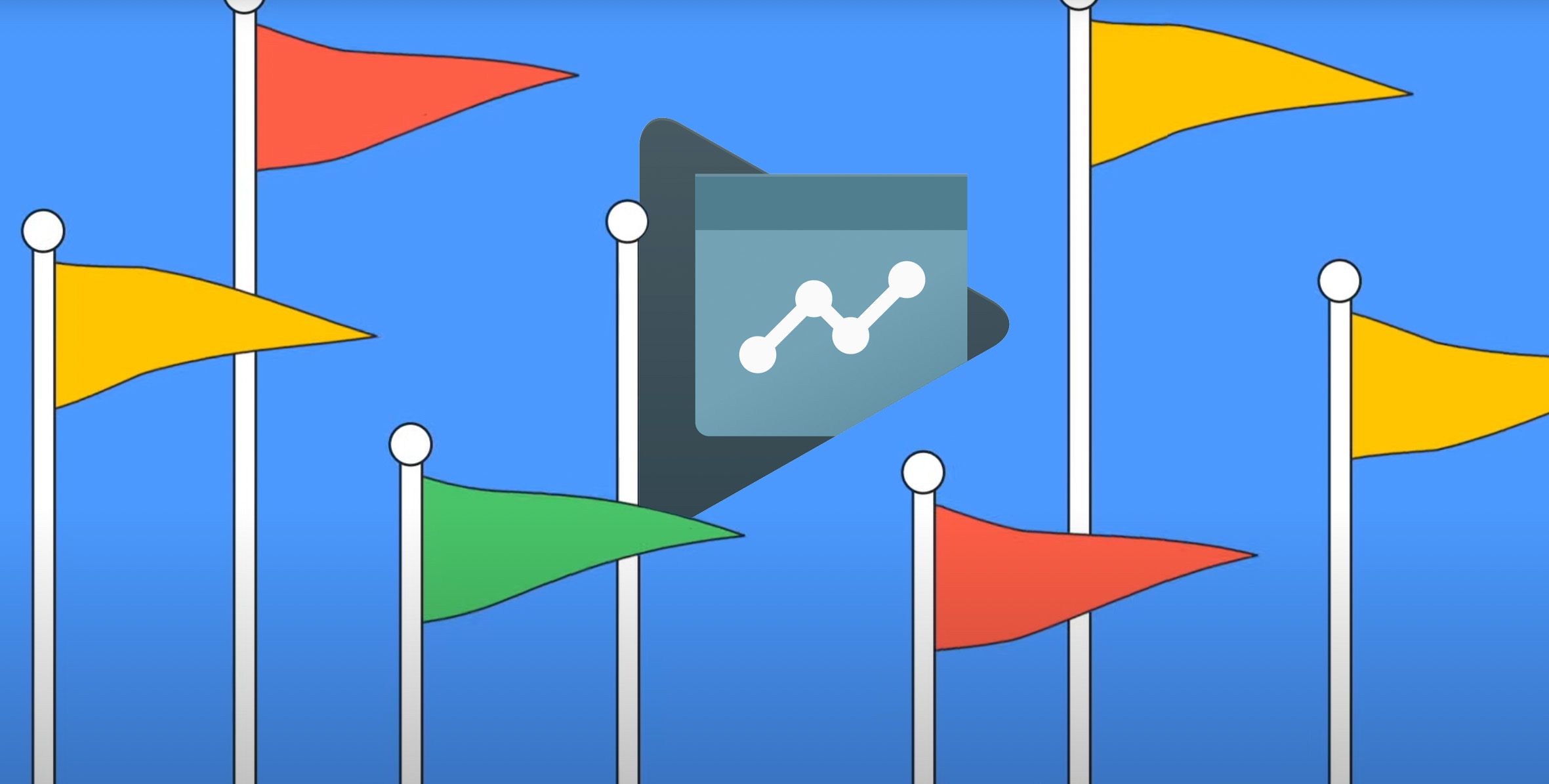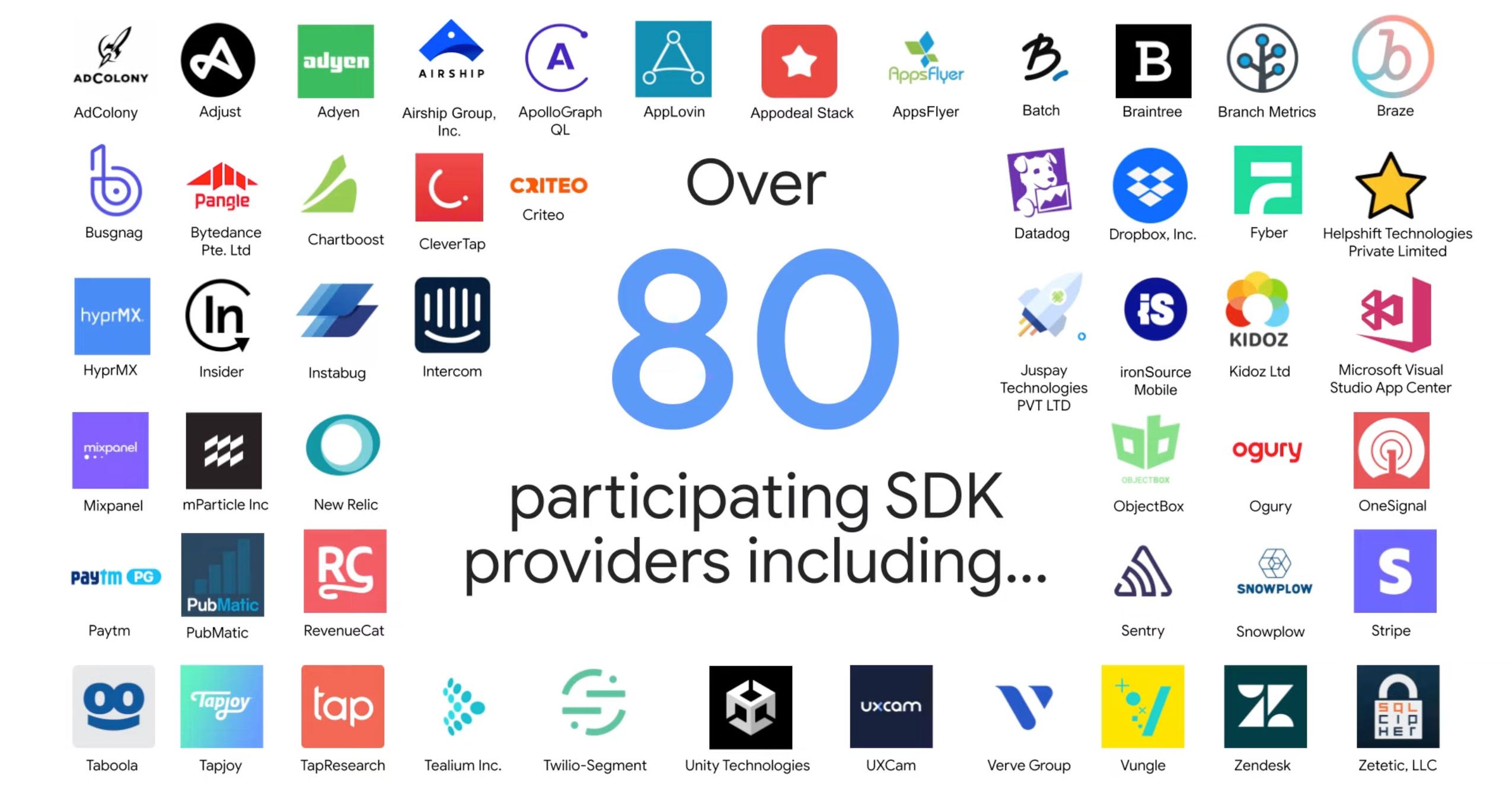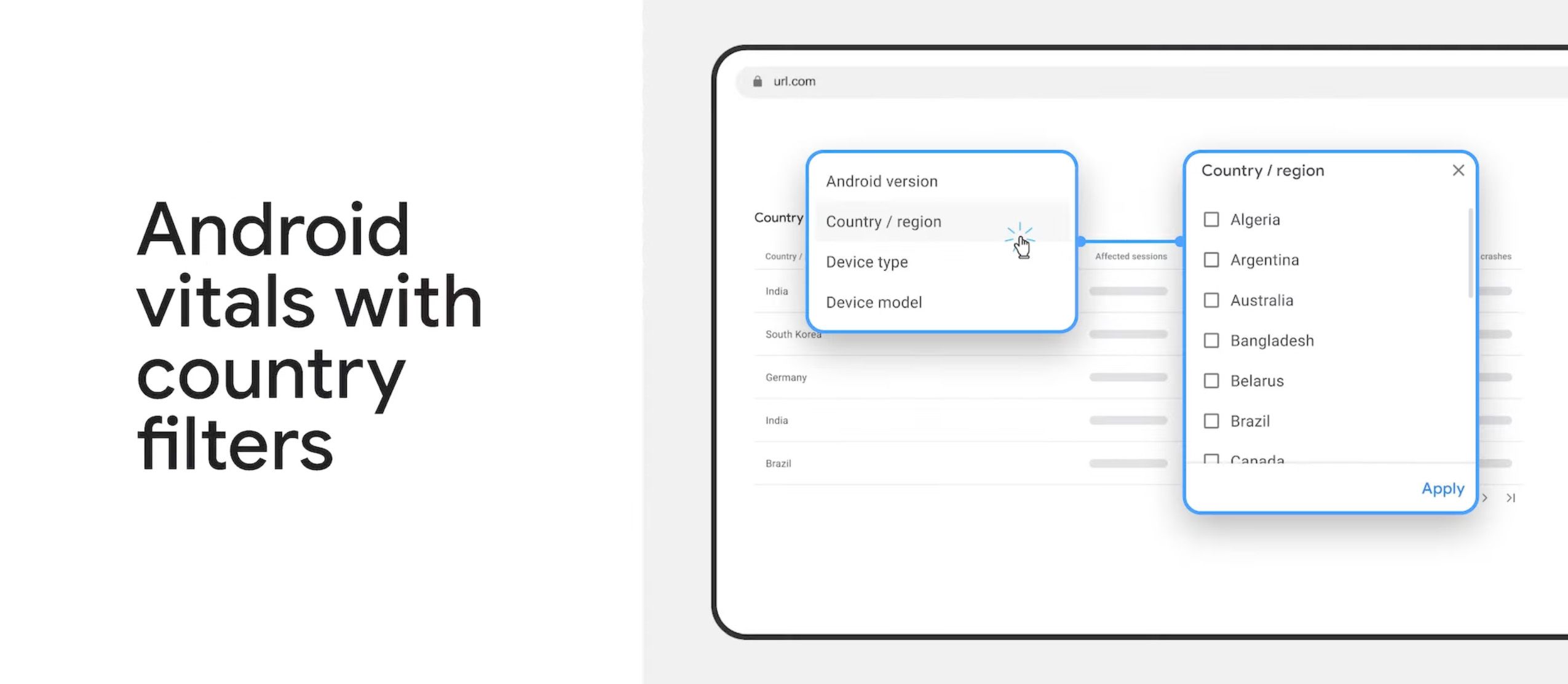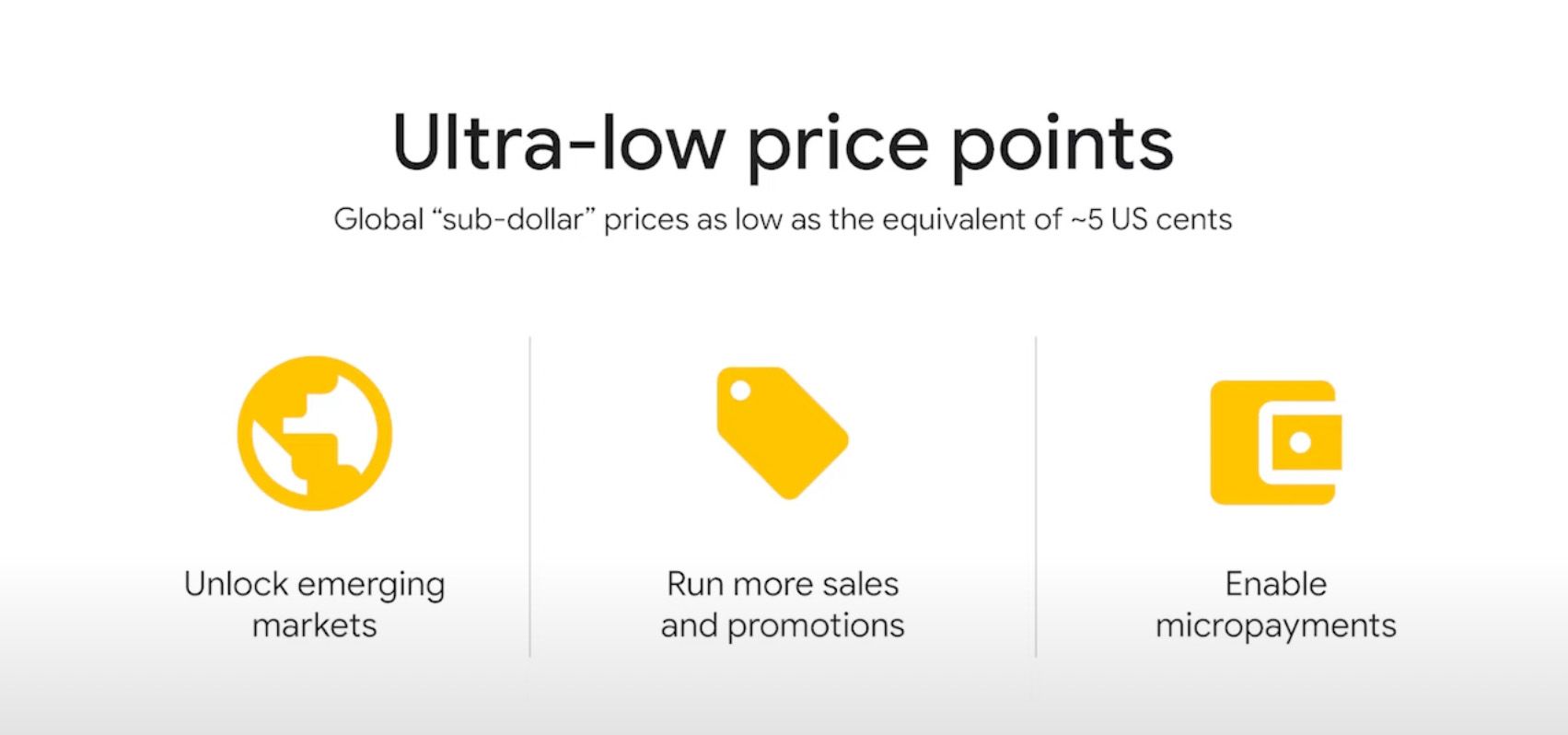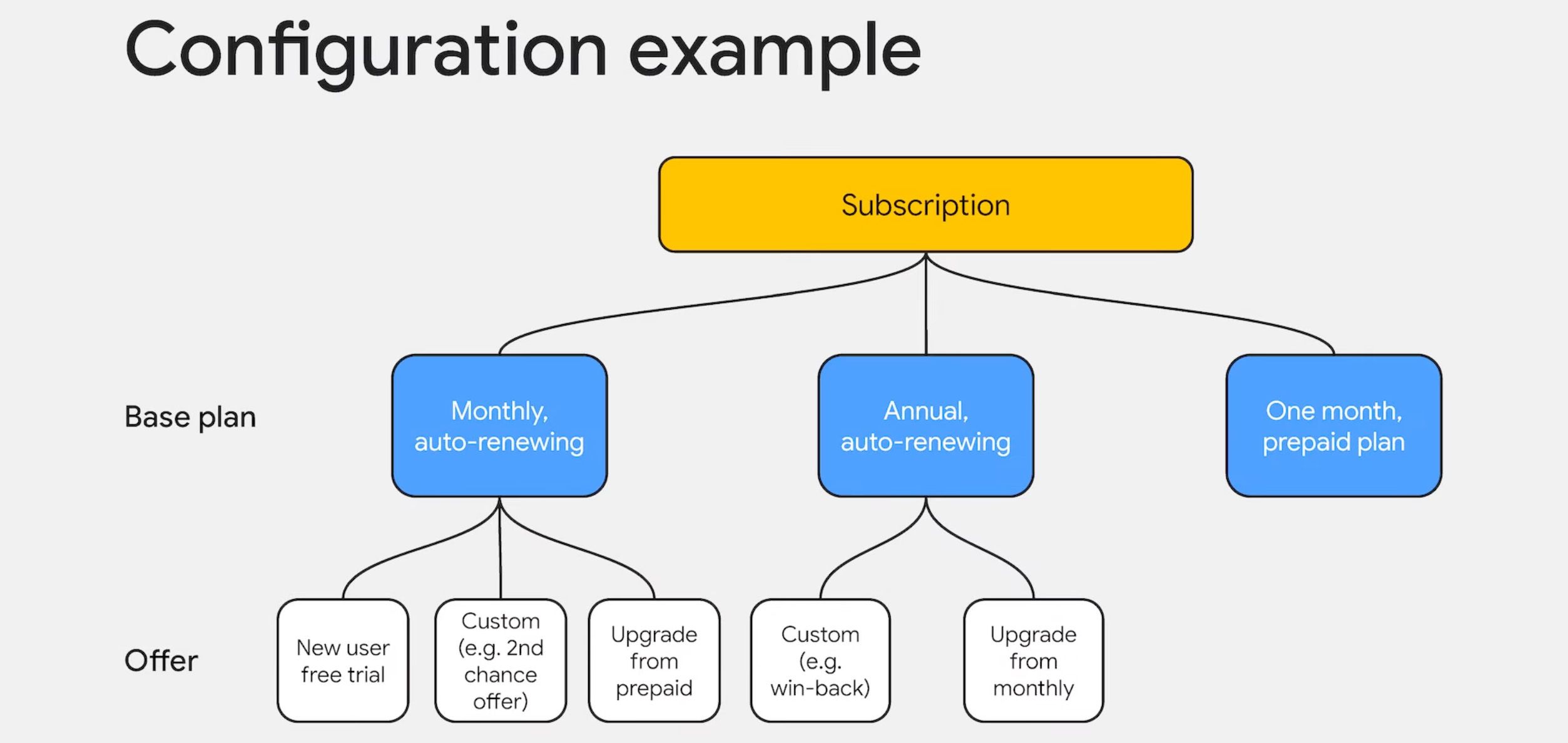The stream of announcements out of the Google I/O 2022 keynote have been pretty extensive, but it's not stopping there. The What’s New in Google Play session continues with even more news focusing on new tools and features for developers aimed at enabling them to make more informed decisions, better support their users, and ultimately improve their business.
Leading the charge is the announcement of Google Play SDK index, a new directory filled with some of the most popular commercial SDKs on the Play Store. Listings highlight statistics like how many apps are using them and important details like required permissions. Through this program, Google is also establishing a closer relationship with SDK providers to help ensure they remain compatible with store policies and help developers avoid versions that could cause problems for their apps.
Starting soon, Google Play plans to migrate app signing keys to Cloud Key Management where they’ll be stored even more securely. Additionally, developers will be able to rotate to new signing keys annually from Play Console as a precautionary measure or if there’s a security breach.
When apps need more built-in security, the new Play Integrity API is designed to detect traffic from pirated or modified apps, or coming from rooted or otherwise compromised devices.
The session also referenced the new Data Safety section, which still has a deadline of July 20, and the first developer preview of Privacy Sandbox on Android.
There is also a big update coming to the Android Vitals tool, which is used for metrics about app performance. A new Developer Reporting API is launching that will make the data from Vitals directly accessible for custom analysis and tooling, plus Firebase Crashlytics is also adding support for the new API so you can have easy access to more ways to analyze user experiences and crash reports.
There was also an update to the Reach and Devices tool that adds views for revenue metrics and revenue growth metrics for monetized apps, and a redesign to Device Catalog with a new look and even more data points for narrowing down the devices using your apps.
The latest version of the In-app Updates API now gives developers the ability to react to updates within 15 minutes of a new version release instead of waiting up to 24 hours; and it includes a What’s New dialog where developers can let users know a little more about the update they’re downloading.
On the business side of things, Google Play is expanding custom store listings to 50 per app, each with unique deep links and analytics. Developers can also get more immediate results from Store Listing Experiments to see how well changes are performing. To simplify the process of setting up and managing deep links, a new Play Console page is coming soon that will bring together learning resources and tools in a single place.
Google Play is also working on improving and opening up the LiveOps tool, which allows developers to promote special events, limited-time offers, and major updates through the Play Store. Participants with early access have already seen notable improvements, and now it’s moving onto a beta program with room for more developers to join. Developers can now also attach deep links through LiveOps and get additional metrics about event performance.
In an effort to open up more ways to work with customer budgets, developers can now set ultra-low pricing with a base of 5 cents US or the equivalent in any market.
Subscriptions are also getting a huge upgrade. It will now be possible to combine multiple plans in a subscription without creating new SKUs for each combination, and more advanced logic is supported to enable custom pricing decisions. Developers will also have the option to update prices for new subscribers while leaving the prices unchanged for existing subscribers.
Users will also be able to use a new prepaid feature intended to make subscriptions easier in markets where pay-as-you-go is the standard. Developers can set renewal timeframes so users can take care of subscriptions when it’s convenient and in ways that make the most sense.
Finally, Google Play is adding a new In-App Messaging API for communicating to users that their payments have been declined. Through these reminders, users are more likely to fix the issue or update their payment method to remain subscribed.
All of these new subscription and payment features are supported in the new Play Billing Library 5.0.
Most of these additions are fairly simple by themselves, but taken as a whole, Google Play is substantially expanding the capabilities to improve and fine tune app experiences while also boosting income by giving more options to users.

